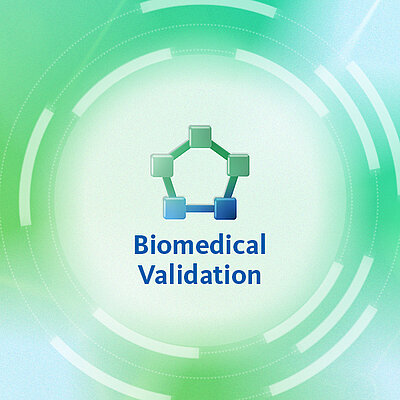CBC-O
Discover the truth behind an increased MCHC
- Evidence-based support to resolve unclear and/or laborious cases of an increased MCHC
- Consistent and automated workflows
- Traceable actions
- Cost-effective approach with decreased TAT
- May support identification of possible RBC diseases accompanied by hyperchromic cells
- Add-on that incorporates some research use-only parameters
- Add-on that requires validation by the user before implementing it in routine clinical work
Confidently handle samples with an increased MCHC by discovering the truth behind the result. In cases of interference with red blood cells and their associated parameters, such as the MCHC, the optional CBC-O software add-on, built on a proven algorithm*, will support you by indicating the cause of interference and helping to resolve interfering conditions by using the RET channel. CBC-O then suggests a replacement of the affected parameters with analytical alternatives from the RET analysis and automatically recalculates the RBC indices.
Using CBC-O reduces the need for laborious manual testing of such samples. Dedicated symbols and dialogues provide additional information and user guidance. With CBC-O you can report optimised CBC results for every sample – faster and with confidence.
Increased MCHC - where does it come from and why is it so complex?
Various interferences can affect the standard RBC measurement technologies, such as the hydrodynamically focussed impedance and the HGB optical density (photometric) measurement, having an impact on the red cell indices, including an increased MCHC. This is detected by the analyser and the user is notified.
The CBC-O concept - How does it work?
Suspicious results can be challenging to interpret, and corrective laboratory procedures often involve time-consuming manual actions, such as plasma exchange and incubation at 37°C, among others. With the CBC-O add-on, you can change your workflow for the better: once the CBC-O algorithm detects an increased MCHC, it automatically triggers a reflex measurement to the RET channel to identify the cause of the abnormally elevated MCHC. The user is guided to a decision with supporting information in the CBC-O dialogue window, including analytical alternatives from the RET channel and automatically recalculated RBC indices.
References
*Berda-Haddad Y et al. (2017): Increased mean corpuscular haemoglobin concentration: artefact or pathological condition? (wiley.com) International Journal of Laboratory Hematology; Vol. 39(1):32–41.
Nivaggioni V et al. (2021): Detection of Southern Asian Ovalocytosis with Sysmex XN-10: A complement to the decision tree previously described. Int J Lab Hematol.; 00: 1–3. (from Extended IPU 5.2 onwards) https://onlinelibrary.wiley.com/doi/10.1111/ijlh.13733
Sysmex Nordic ApS Filial Sverige
Föreningsgatan 217
261 51 Landskrona
Sweden
+46 300567202
Product documents
Regulatory Documents
Regulatory documents, such as Instructions for Use, can be accessed with a valid My Sysmex login:
Go to My Sysmex






